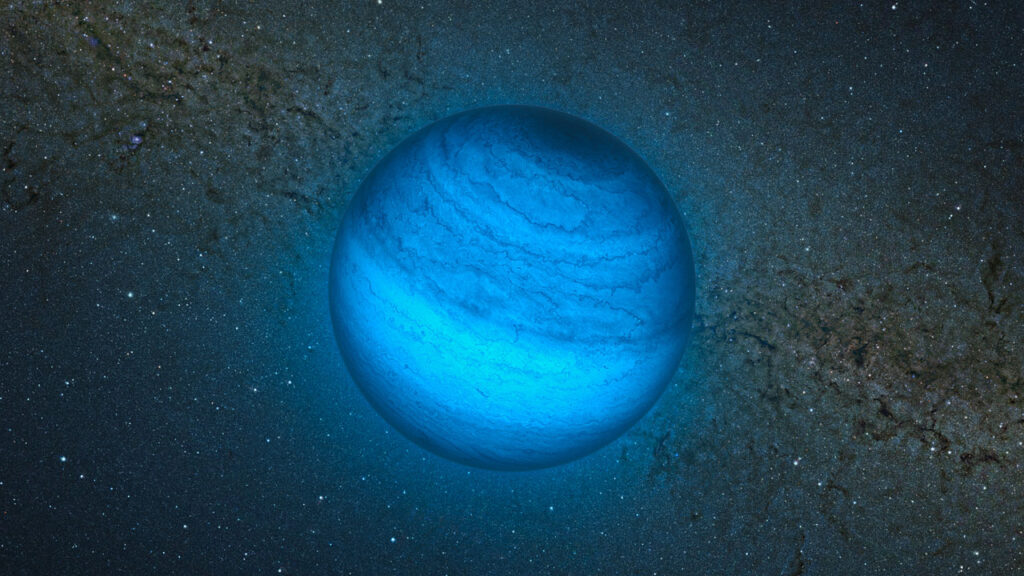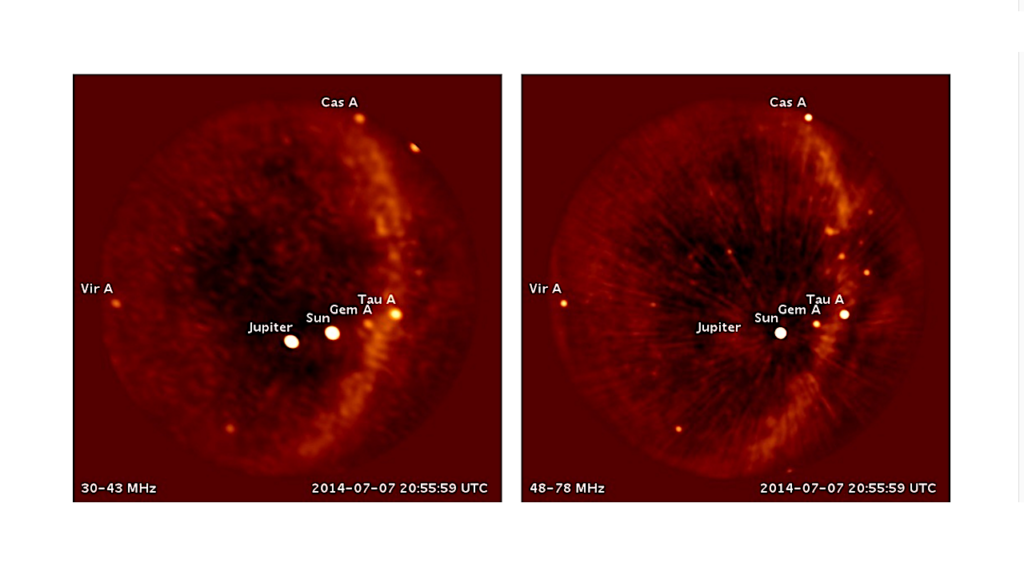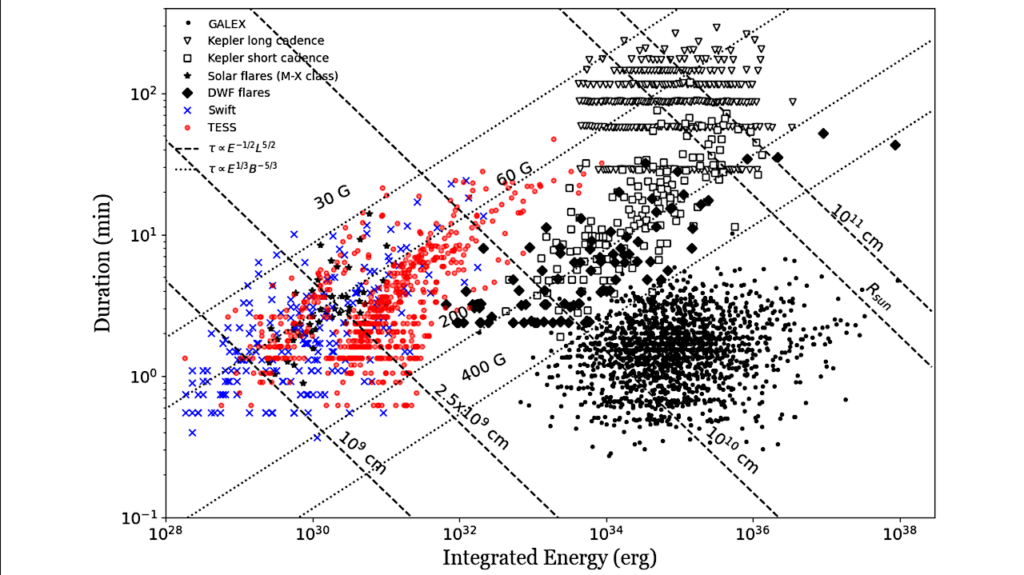Red Dots: A Temperate 1.5 Earth-mass Planet In A Compact Multi-terrestrial Planet System Around GJ1061

Small low-mass stars are favourable targets for the detection of rocky habitable planets. In particular, planetary systems in the solar neighbourhood are interesting and suitable for precise characterisation. The Red Dots campaigns seek to discover rocky planets orbiting nearby low-mass stars.
The 2018 campaign targeted GJ 1061, which is the 20th nearest star to the Sun. For three consecutive months we obtained nightly, high-precision radial velocity measurements with the HARPS spectrograph. We analysed these data together with archival HARPS data. We report the detection of three planet candidates with periods of 3.204±0.001, 6.689±0.005 and 13.03±0.03 days, which is close to 1:2:4 period commensurability. After several considerations related to the properties of the noise and sampling, we conclude that a 4th signal is most likely explained by stellar rotation, although it may be due to a planet.
The proposed three-planet system (and the potential four-planet solution) is long-term dynamically stable. Planet-planet gravitational interactions are below our current detection threshold. The minimum masses of the three planets range from 1.4±0.2 to 1.8±0.3 M⊕. Planet d, with msini=1.68±0.25 M⊕, receives a similar amount of energy as Earth receives from the Sun. Consequently it lies within the liquid-water habitable zone of the star and has a similar equilibrium temperature to Earth. GJ 1061 has very similar properties to Proxima Centauri but activity indices point to lower levels of stellar activity.
S. Dreizler, S.V., Jeffers, E. Rodríguez, M. Zechmeister, J.R. Barnes, C.A. Haswell, G. Coleman, S. Lalitha, D. Hidalgo Soto, J.B.P. Strachan, F.-J. Hambsch, M.J. López-González, N. Morales, C. Rodríguez López, Z.M. Berdiñas, I. Ribas, E. Pallé, A. Reiners, G. Anglada-Escudé
(Submitted on 13 Aug 2019)
Comments: 14 pages, 17 figures
Subjects: Earth and Planetary Astrophysics (astro-ph.EP); Solar and Stellar Astrophysics (astro-ph.SR)
Cite as: arXiv:1908.04717 [astro-ph.EP] (or arXiv:1908.04717v1 [astro-ph.EP] for this version)
Submission history
From: Stefan Dreizler
[v1] Tue, 13 Aug 2019 16:16:05 UTC (12,584 KB)
https://arxiv.org/abs/1908.04717
Astrobiology








